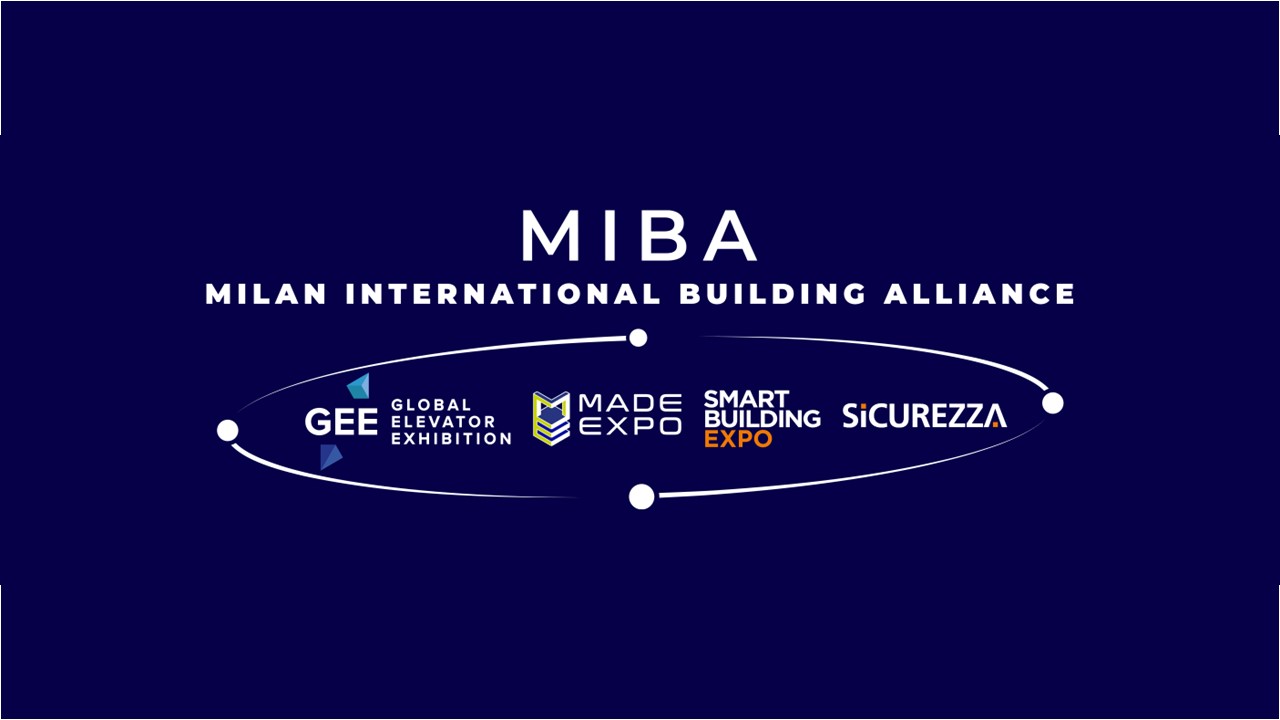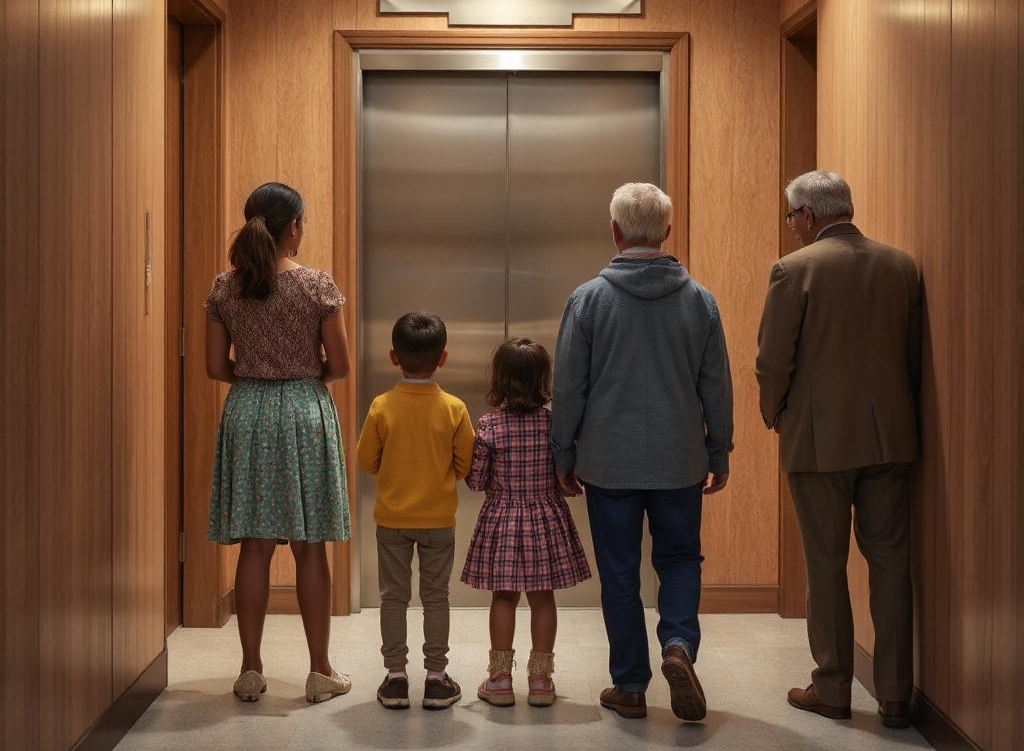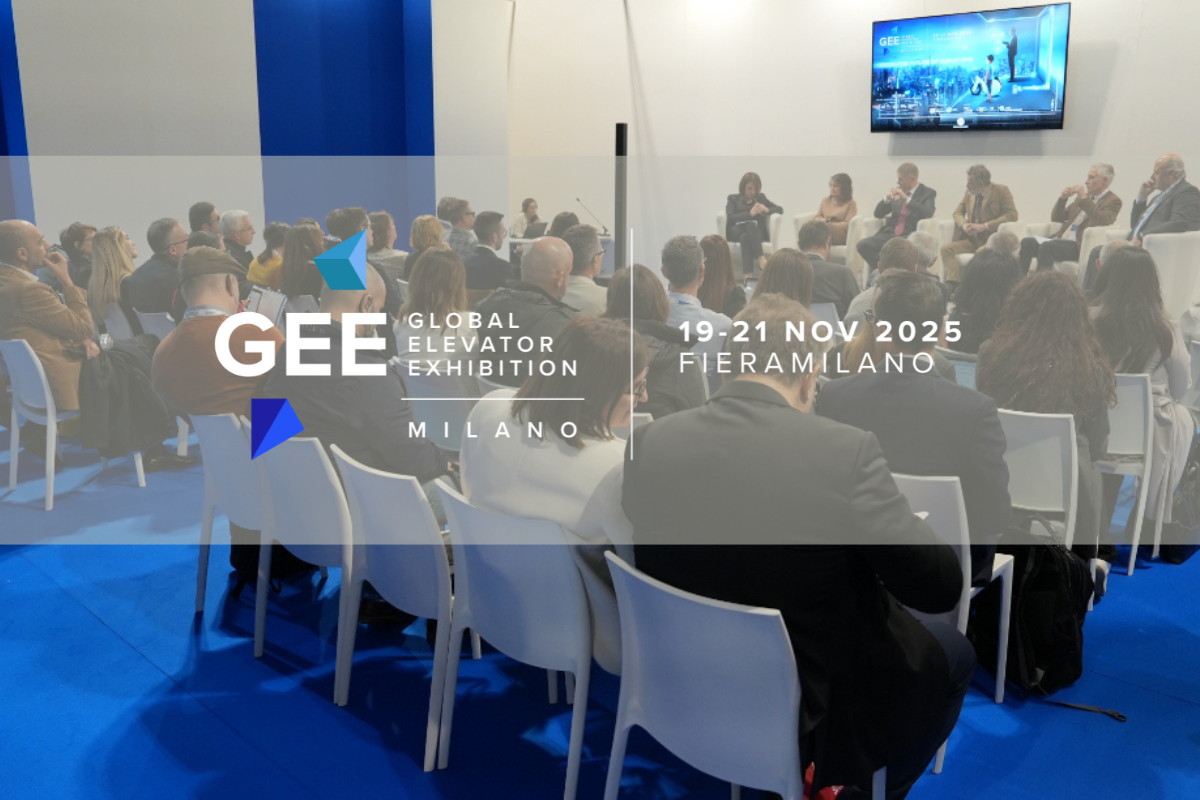This adaptation is a matter of social responsibility, destined to assume an ever-increasing importance in light of the current demographic dynamics. Planning and designing with the needs of the elderly population in mind is essential to ensure full accessibility. A challenge that involves all those involved in real estate design, from construction to systems.
The integration strategy
“Environmental accessibility is not just a question of infrastructure, but a cultural and social challenge,” observes Sara Piras, CSR & Marketing Manager of Gme Montascale. Every day, millions of people face obstacles not only in terms of physical challenges, but also in their opportunities to live independently and participate actively in community life. “At Gme Montascale we believe that breaking down architectural barriers also means eliminating social ones, through advanced technological solutions and a concrete commitment to social responsibility projects” she adds.
She then identifies three evolutionary trends: accessibility integrated into architecture (“More and more solutions are designed to blend in with the surrounding environment, improving both the functionality and aesthetics of spaces”); technological innovation (“Thanks to automation and intelligent systems, today it is possible to guarantee a more fluid and independent user experience”); regulations and incentives (“The increase in tax breaks and public contributions has encouraged the spread of interventions to eliminate barriers, both in private buildings and in public spaces”).
She continues: “We know that accessibility is not just a technical issue, but a change that starts by listening to the real requirements of those affected. That's why our team of designers has 10 to 15 years of experience in designing platform lifts, stairlifts and home elevators. This expertise translates into solutions that are the result of in-depth knowledge of the sector,” Piras emphasises. And this reminds us that the analyses required are not only those of a technical nature.
“Being accessible doesn’t just mean installing a stairlift or a lifting platform. It means ensuring autonomy, dignity and participation. For this reason, we invest in social responsibility projects, supporting associations and initiatives that promote inclusion”.
Towards complete solutions
“The architectural barriers market is constantly evolving; “Being able to overcome a barrier is a challenge in everyday life not only for people with disabilities, but also for those with temporary motor skill limitations, mothers with pushchairs and so on,” reflects Gabriele Severi, project manager at Guldmann. “This is why companies that produce equipment that enable accessibility are working to find increasingly inclusive and architecturally advanced solutions. It is no longer about people with and without disabilities, but about a common goal that makes every public and private place accessible to everyone.
He then claims that the company does more than just produce equipment. “It offers comprehensive solutions designed to meet current needs and be prepared for future ones, with a focus on having more time to dedicate to the actual and essential daily care activities,” Severi stresses. “Our products are designed to be combined, modified and used in a wide range of applications, providing unique and efficient solutions to carry out practically all lifting and handling tasks.”





